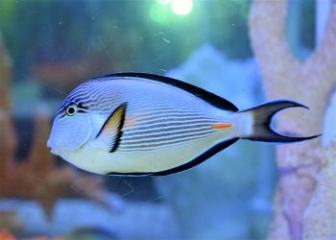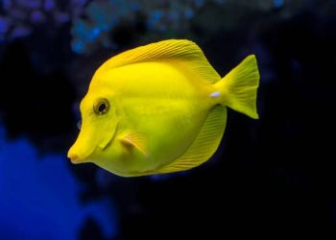Powder Blue Tang - Characteristics, habits, how to raise
Blog | by
Powder Blue Tang, a marine aquarium fish with bright blue and lemon yellow colors, active and lively temperament, likes to be kept in large tanks.
Powder Blue Tang, a marine ornamental fish of the surgeonfish family, has a colorful color with a light blue body, bright yellow fins and caudal peduncle, sharp spines on the tail, many interesting behaviors and habits, quite easy to raise so it is often chosen in saltwater aquariums.
In today's article, let's learn all the information about Japanese catfish with nice fish to know how to best care for this fish species!
Powder Blue Tang Information:
| Scientific name | Acanthurus leucosternon |
| Common name | Powder Blue Tang |
| Class | Actinopterygii - Ray-finned fishes |
| Set | Perciformes - Sea bass |
| Surname | Acanthuridae - Surgeonfish |
| Spend | Acanthurus |
| Species | A. leucosternon |
| Source | Indian Ocean and Western Pacific |
| Size |
Average 15 - 20 cm Maximum: 25 - 30 cm |
| Lifespan | 5 - 7 years |
Origin of Powder Blue Tang

Japanese striped catfish belongs to the family of surgeonfish.
Powder Blue Tang, scientific name Acanthurus leucosternon, is a species of fish belonging to the Tang family, originating from the Indian Ocean and the Western Pacific Ocean, with the following specific distribution range:
- East African Coast
- Maldives Islands
- Sri Lanka
- Indonesia
- Pacific Islands.
They like to live in coral reefs or rocky areas, where there are strong currents, clear, clean water with a depth of at least 25 m or more.
Nowadays, thanks to its beautiful appearance, this fish is very popular among marine aquarists around the world, including Vietnam.
Japanese striped catfish appearance

Japanese striped bass has a smooth blue-green color that looks like it is covered in a layer of powder.
Right below are the physical characteristics of Japanese barb fish. Let's find out if there is anything special about them to distinguish them from other barb fish.
- Shape : Flat body, slightly long, oval shaped.
- Size: Average 15 - 20 cm when kept in a tank, in nature can reach 25 - 30 cm
- Size : The fish's body is bright blue, smooth as if covered with a layer of blue powder, the head has two colors, the upper half is black, the lower half of the jaw is white, the tail stem is bright yellow.
- Dorsal fin : Runs from the top of the head to the tail, has a bright yellow color, black edges, dark blue and fluorescent blue looks very eye-catching.
- Pelvic & anal fins : Grayish white.
- Caudal fin : Fan-shaped, gray-white with gray-blue border, fluorescent blue.
- Has caudal spines : On both sides of the caudal peduncle there are two sharp, blade-shaped caudal spines, used for defense, like other species of spinytail fish.
- Eyes : Black, copper rim stands out on black head.
- Mouth : Slightly pointed, small.
Powder Blue Tang Behavior

A school of Japanese striped catfish is swimming in the ocean.
To help you better understand the Powder Blue Tang fish, we have compiled the most prominent habits and behaviors of this fish species. Let's find out now.
Territorial, aggressive with surgeonfish
Like other surgeonfish, the Japanese threadfin is very territorial, especially with other members of its family. In captivity, in small tanks, they can become aggressive if they feel their territory is violated.
Gentle and peaceful with other fish
Although the Japanese barb is quite aggressive towards other fish in the same family, it is quite gentle and sociable with other aquarium fish, and will never cause trouble if kept in a large enough tank.
They can be kept in the same tank with some non-territorial fish species such as Nemo fish , angel fish, butterfly fish,...
Omnivorous but plant-based
Japanese striped catfish are omnivorous aquarium fish, but they mainly prefer to eat plants, especially algae that cling to rocks and corals. Thanks to this, in nature they also play an important role in cleaning coral reefs.
Dynamic, constantly moving
Japanese striped catfish are an active marine aquarium fish, swimming very fast and continuously, so they need a large enough space to move comfortably.
They will be active during the day, resting at night in caves and crevices.
Defense when threatened
Thanks to two sharp spines on their tails, Japanese striped catfish can defend themselves when facing dangerous situations or confronting more aggressive fish.
How to raise Powder Blue Tang in detail for beginners
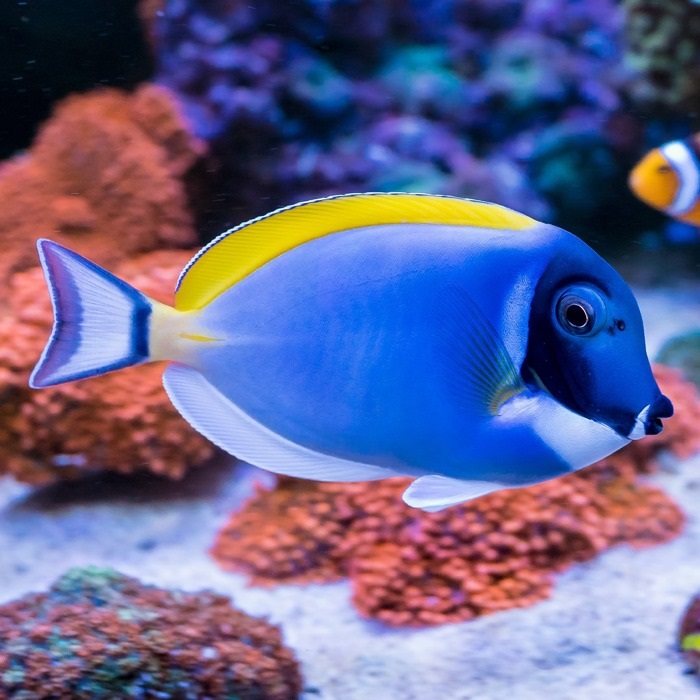
Japanese barb fish like a spacious tank.
If you want to try Japanese catfish but have no experience, please refer to the super detailed fish farming method that we share here, guaranteed to be easy to understand, correct, and highly effective.
Design a suitable tank for raising Japanese catfish
Japanese striped catfish are very active and like strong currents, so when designing a tank to raise them, you need to pay attention to the following basic requirements.
- Tank capacity : Minimum 300 - 400 liters, optimal over 500 liters.
- Dimensions : 120 x 60 x 60 cm (Length x width x height), min.
- Filtration system : Choose mechanical or biological overflow filter.
- Skimmer : Required to remove protein, organic waste in water.
- Wavemaker System : Creates natural-like flow.
- Heater, cooling fan : Maintain temperature at a stable level.
- LED lighting system: Choose lights with white or blue light to help fish color and grow algae.
- Tank layout : Decorate with live rocks that occupy 30 - 40% of the tank floor area, create many caves and crevices for fish to hide and rest, leaving about 60 - 70% of the space open for fish to swim comfortably. The tank floor can be decorated with fine sand or left empty.
Ideal water parameters for Japanese striped catfish
Japanese striped catfish need a clean, clear, stable water environment. Therefore, the water quality in the tank needs to reach the following ideal values:
- Temperature : 24 - 28 degrees Celsius
- pH : 8.1 - 8.4
- Salinity : 1.023 - 1.025 SG.
- NH3, Nitrite : 0 ppm
- dKH : 8 - 12
You need to check and monitor water parameters every day to ensure that the indicators are always kept at a stable, ideal level to help fish avoid stress and water shock.
What do Japanese striped catfish eat?
As shared above, Japanese striped catfish are omnivorous but plant-oriented. When kept in an aquarium, you can feed them the following foods:
- Main food (plants) : Natural algae, dried seaweed (nori), spirulina-rich pellets, soft boiled vegetables.
- Supplemental food : Artemia (sea bugs), mysis shrimp, pellets for herbivorous marine fish, containing algae, protein and vitamins.
Note :
- Feed fish 1 - 2 times/day.
- Always make sure there is natural algae on the live rock.
- Do not leave leftover food in the tank for more than 2 - 3 hours as it will pollute the water.
- Vitamins and garlic should be added to food to help increase fish resistance.
Prevention and treatment of diseases for Japanese striped catfish
To help Japanese striped catfish stay healthy, have beautiful colors, and live long, you need to pay attention to disease prevention and treatment for them because this fish species is susceptible to skin diseases such as fungus, parasites, ich,... Let's learn how to prevent and treat diseases in detail below.
Disease prevention for Powder Blue Tang fish :
- Quarantine fish for 10 - 14 days before releasing into the main tank.
- Ensure water quality is always stable.
- Clean the tank and change the water regularly.
- Avoid stress and fighting with other fish.
Common diseases in Japanese striped catfish :
| Disease name | Reason | Symptom | Treatment |
| White spot disease - ich |
Fish are stressed due to sudden environmental changes. Dirty water for a long time. New fish carrying pathogens that have not been quarantined have been released into the tank. |
Fish appear tiny salt-like spots on the body. Fish often rub against rocks, swim jerkily and sluggishly. |
Isolate sick fish, bathe in fresh water for about 3 - 5 minutes. Increase temperature slightly to disinfect (if tank does not have coral) Use white spot treatment such as PolypLab Medic, Ruby Reef Rally. |
| Velvet disease - gold dust | Parasite |
Fish appear fine yellow dust covering the skin The fish swims weakly and is not active. Shortness of breath, peeling skin, torn fins,... |
Immediately isolate sick fish. Bathe in fresh water then use specialized copper medicine to treat velvet. |
| Ringworm |
Because the fish has open wounds that create conditions for fungus to grow. Dirty water, weak fish immune system |
Fish have opaque white patches on fins and body. Ulcerated, purulent wound. Fish often hide in caves and crevices. |
Isolate sick fish Use specialized antifungal drugs such as Fungus Cure. Melafix
|
How much is Japanese catfish?
If you want to raise Japanese catfish but don't know if they are expensive or suitable for your finances, please refer to the following price list.
| Japanese striped catfish | Reference price (VND/Child) |
| Japanese striped catfish size 5 - 7 cm | 1,050,000 |
| Japanese striped catfish size 7 - 9 cm | 1,250,000 |
| Japanese striped catfish size 9 - 11 cm | 1,350,000 |
However, the price of Powder Blue Tang fish can change depending on the time, origin, aquarium store,... Therefore, if you want to know the most accurate price and get enthusiastic advice, please contact the aquarium stores directly for more information.
The most beautiful Japanese striped fish pictures
Let's explore the beautiful collection of images of Japanese Powder Blue Tang with shimmering, brilliant colors shared below!
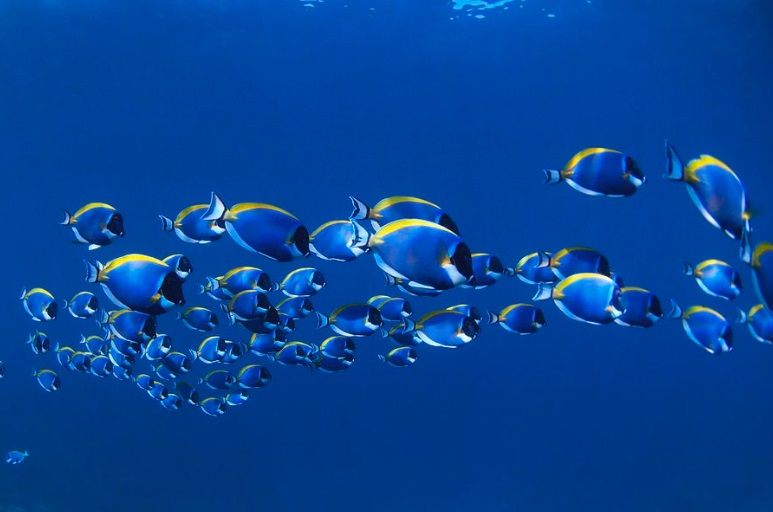
A school of Japanese striped catfish is swimming gracefully.
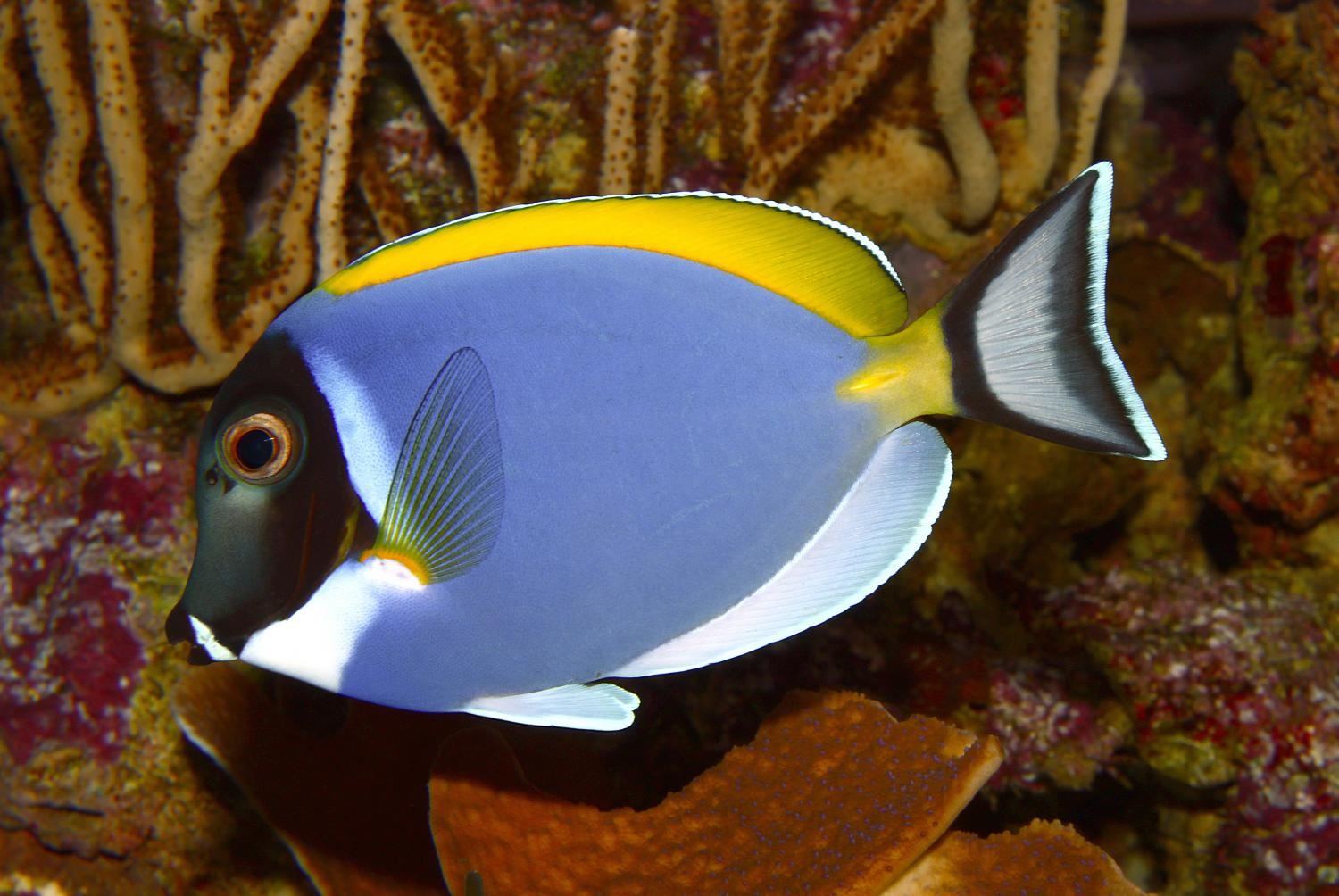
A Japanese striped bass with a velvety blue color.

Image of a Japanese striped catfish swimming on a coral reef.
Through the above article, nicefish.net has shared detailed information about Japanese catfish, hoping you have learned more about this fish species. This is indeed one of the marine ornamental fish species with impressive, beautiful colors, suitable as a perfect highlight for every home's aquarium.
Don't forget to visit our Blog section to learn more about many other beautiful aquarium fish, goodbye and see you soon.
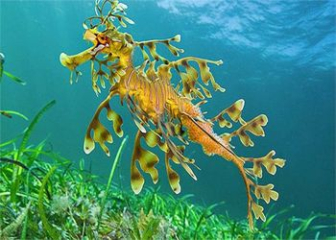
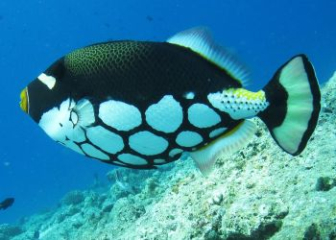
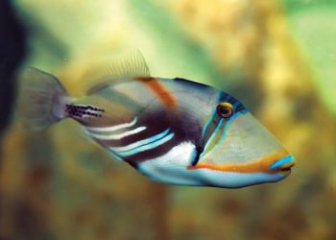
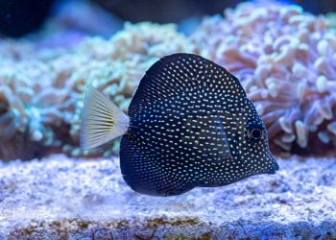
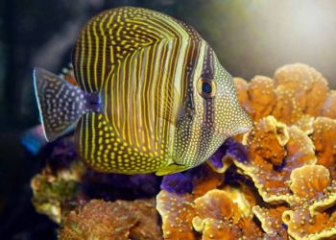
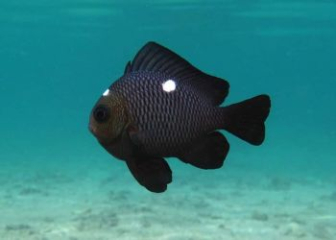
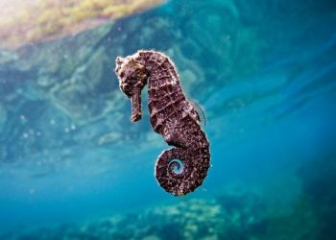





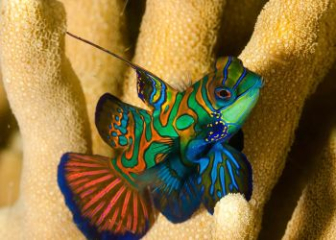

_350x250.jpg)


